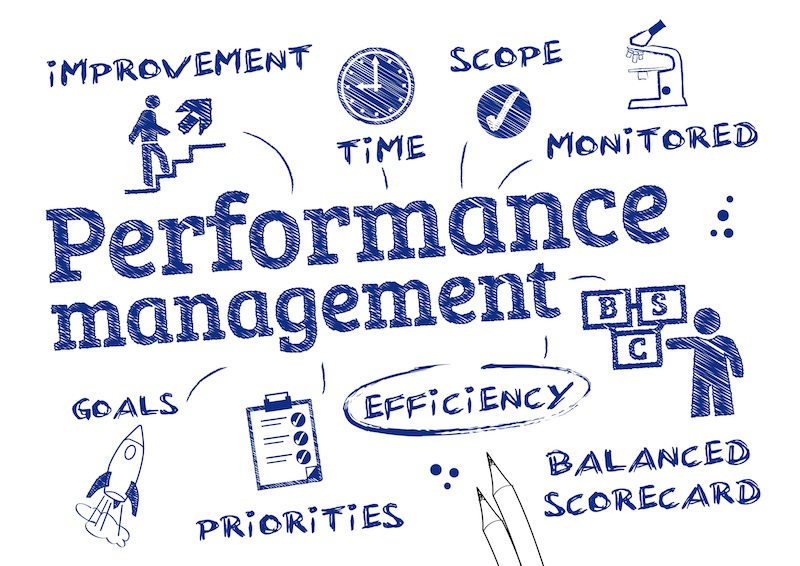
Project Portfolio Management Best Practices : Doing the Right Way
Imagine this scenario: you are a president of a particular project management division under a certain company. You do your own routine every day once you step inside your office. Employees are doing their jobs, but for some reason, they are not completed on time, changes have to be made every second, and the plan is a flop.
The obvious is right under your nose. What are the causes of project failure? Why do projects still fail despite careful planning? Why do these projects still end up into ruin even portfolio management is implemented? Such discipline is supposed to help organizations identify redundant projects and minimize risks, but it’s the same vicious cycle where projects become obsolete.
Portfolio management, with its numerous advantages, is an effective tool for organizations to gain success with their projects. But if not done right, it’s basically useless. It is still expected that you will do your part—that means using portfolio management to its full potential.
Going Deep with Project Portfolio Management Best Practices
What happens when you practice a certain skill daily? You become good at it, right? So good that you commit fewer mistakes and if you do, you have already anticipated it. Hence, you know how to react to it. This same occurrence applies to project portfolio management best practices. So even if you do rigorous planning in your project, but you keep doing changes with it, you are actually putting more harm than good. If you don’t stick to the standard procedures on your future projects, you will just prevent them from garnering success.
Project portfolio management best practices vary. One, they depend on the type of organization and two: there is no single or default model for it. It’s all about understanding the issue with both your organization and projects and seeking the logic of standardization.
Before you create your own standard, do a common standard. This means you need to look for a logical method, something that other organizations practice. Then, from your organization and project, create your own practice that everyone can implement and ensure it is tailor-made to your organizational structure. Your project portfolio management best practices shouldn’t be created from null and void—rather it should be derived from the key procedures that exist in every company around the globe.
Project Portfolio Management Best Practices : Step 1 – Start with Project Inventory
This means an entire inventory of all your existing projects in the organization comprising of names, objectives, costs, duration, and ROIs. Some organizations make it a point to create and develop inventories that contain weekly updates reporting the duration of work on a particular project. Other companies combine projects altogether in order to determine and understand the required resources. Dividing projects into categories also help. It can be a huge task, but it will help you be more focused on what each project needs.
Project Portfolio Management Best Practices : Step 2 – Determine the Projects that Align to the Business Objective
Projects should also be determined based on their business case through assessing their benefits, ROIs, costs, and risks. From there, the team in charge should settle which of the projects have a discrepancy in business value. The team then reports their results to the executives. The goal here is to let everyone become involved from top to bottom so that there will be a final point to bring up if the following projects should continue or forfeit. Governance is crucial in portfolio management. Without it, the projects are just one empty concept with no purpose whatsoever.

Project Portfolio Management Best Practices : Step 3 – Rate and Put Your Projects into Certain Groups
Companies refuse to provide funds for projects that don’t hold value at all. In order to identify projects with potential success, you need to assess them and divide them into certain categories. Multiple and varied portfolios help organizations identify project classification. You can categorize projects based on their size, cost, and initiatives. But what about the people working with these projects? You also need to categorize them in terms of their tasks. Say you have your own portfolio for the management team. It may contain sponsors, managers assigned to various tasks within the project operation or even those who are working in the financial area. Don’t forget, each portfolio must have its own team that is also categorized into one single entity.
As for project scoring, ensure that they are simple and comprehensive. A rating of 1-5 should suffice. Create criteria in order to score the projects logically, including a corresponding information for each number. You and your team must work together and decide on each criterion. For example, how does the project weigh in terms of risks mitigation?
After that, determine which project can function continually with the resources available. You still need to categorize the projects that don’t pass the resource evaluation. After all, these projects are still prospects for the continuation and further progress.
Project Portfolio Management Best Practices : Step 4 – Continue Evaluating Your Portfolio
Managing your portfolio should be consistent. An active care of it can prevent your projects from falling into the dark pit of failure. Ensure that you run monitoring procedures and evaluation to keep them organized. The typical frequency for such is quarterly and this should be reported by the managers in charge of the projects. Reports need to include status, as well as possible risks. Managers should also keep watch of the discrepancies occurring in the projects assigned to them. Your organization must be aware that starting a project doesn’t automatically mean they can easily finish it. Keep in mind that a project is a half the battle.

The Challenges of Project Portfolio Management Best Practices
It’s not an easy journey to develop and maintain project portfolio management best practices. You constantly have your eyes peeled on the issues that can break your entire portfolio—and that is a long way to become secure and protected. Below are the following project portfolio management challenges to keep an eye out and how to deal with them.
- The issue with management. No matter how you avoid them, problems in terms of tasks and leadership will crop up. Some managers that are assigned to a certain project experienced being taken away from their tasks due to the team or executive criticism. This usually occurs when the manager has full reign of the project decisions and don’t give others a chance to contribute.
- Software doesn’t fix everything. Sure, it makes the process easier, but it won’t solve an organization’s problem. Some companies tend to rely on these tools too much, that they forgot the true purpose and essence of portfolio management. Technology is nice and all, but when it comes to project portfolio management best practices, nothing beats human resources.
Is There More from Project Portfolio Management Best Practices ?
Certainly. You will never run out ideas in terms of standardization, provided that you have a firm grasp of what your projects and organization need. However, it won’t be made possible without analyzing every nook and cranny of the project itself. Through portfolio management, you will then see that some issues are hidden in plain sight—this is why the last step emphasizes in going back and forth with your projects in the portfolio to ensure their safety. Your practices create an identity in your organization and once everyone is executing these standard practices, your plan will go smoothly from start to finish.
You want to know more about Project Portfolio Management ? Visit our dedicated webpages :

Subscribe To Our Newsletter
Join our mailing list to receive the latest news and updates from our team.























